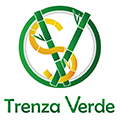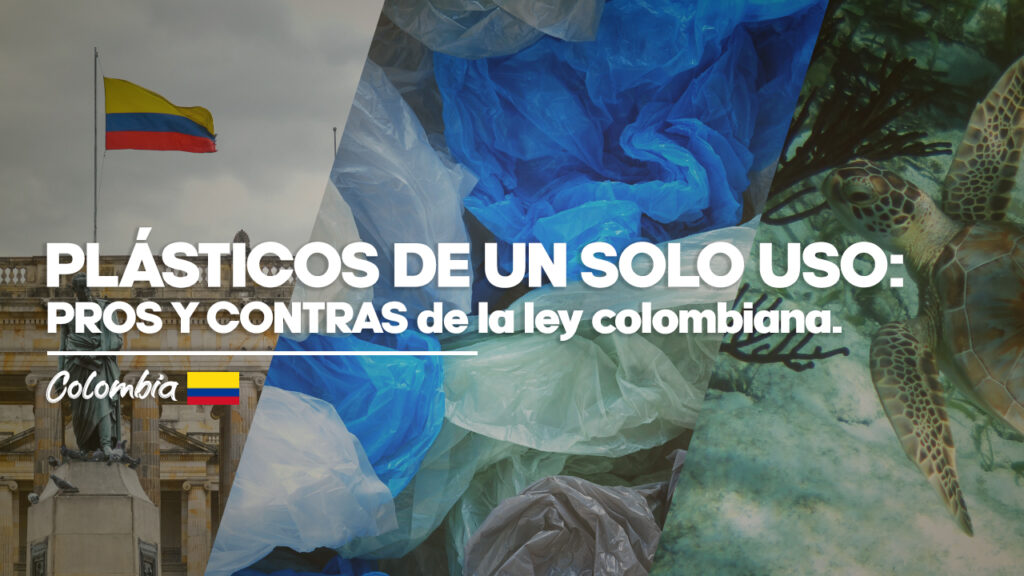Before we dive into this article, let’s set the stage.
In Colombia, a game-changing law—Law 2232 of 2022—officially kicked in on July 7 of this year. This law is shaking up everyday life by banning single-use plastics. We’re talking about the usual suspects: grocery store bags, plastic sleeves for newspapers and magazines, laundry bags, disposable cups, plates, cutlery, straws, and even those tiny cotton swabs we all use to clean ears or small wounds.
But here’s the kicker—Colombia isn’t going solo on this. It’s joining a growing crew of Latin American countries like Mexico, Panama, Chile, Costa Rica, and Ecuador that are taking real action to cut back on plastic waste. The goal? To stop those endless waves of trash from flooding into our oceans.
Now, this isn’t an overnight change. The rollout is gradual, but the ultimate goal is bold: by 2030, the sale of these single-use plastics will be completely banned across the country. From day one, Law 2232 already outlaws some specific items like plastic sleeves for magazines, laundry bags, plastic packaging for supermarket goods, balloon sticks, Q-tip sticks, and straws.
And come 2030, the list gets even stricter. Say goodbye to plastic containers for take-out drinks and food, delivery bags, disposable plates, trays, forks, knives, spoons, party confetti, plastic tablecloths and streamers, floss, sticker labels on fruits and veggies, and plastic wrap for herbs, fruits, and veggies. It’s a massive shift—and it’s happening.
Now, while many environmental organizations and citizens are cheering this move, they’re also raising a big red flag: the timeline. Marine species are drowning—literally—in plastic every single day, and many believe change needs to happen faster to stop this crisis.
And yes—this law has teeth. Violators could be hit with fines ranging from 100 to a jaw-dropping 50,000 times the minimum monthly wage. Repeat offenders might even face temporary or permanent business closures. The message is clear: this isn’t a suggestion—it’s a mandate.
Still, it’s not all doom and gloom. The law encourages the use of alternatives—and thankfully, many companies are already stepping up with eco-friendlier products. Think recyclable or biodegradable materials made from banana leaves, rice husks, coconut fiber, fique, recycled paper, and other planet-loving options that get the job done without trashing the Earth.
Of course, there are a few exceptions. Meats and moist foods can still be wrapped in plastic, and bags for pet waste and trash are still allowed—for now. But even in those cases, businesses and consumers alike are encouraged to switch to biodegradable options, which are already out there on the shelves.
So yeah, this law is more than just a regulation—it’s a call to rethink how we live, shop, and party. And honestly? It’s about time.
Let’s Talk About the Downsides: Some Real Challenges with This Law
So, while Law 2232 brings a ton of environmental benefits, it’s not all sunshine and rainbows. There are definitely a few bumps in the road we need to talk about:
1. Education is seriously lacking.
There’s still a huge gap when it comes to teaching people about this law. We’re talking about something that needs to be a core part of school life—early, often, and hands-on. If we want real change, we’ve got to start by showing kids how to use better, eco-friendly alternatives in their daily routines.
2. Not all harmful products are on the blacklist (yet).
Let’s take beer, for example. You know those plastic rings that hold six-packs together? Absolute death traps for marine life—and somehow, they slipped under the radar. These kinds of products also need to be phased out ASAP.
3. What about the businesses and families who’ve always sold these items?
Sure, innovation is key—but it’s also expensive. Not every small business has the means to completely redesign their products or operations. And sadly, for many, this could mean closing shop and losing jobs. There needs to be real support in place for those trying to adapt.
4. Where there’s a law, there’s a loophole.
Let’s be honest: people will find ways around it. Black market sales of banned plastic items are almost guaranteed to pop up. These underground sellers might offer cheap prices, but they also bring serious health and safety risks. Expect a flood of low-cost, unregulated plastics making their way into shops.
5. And what’s the deal with Styrofoam?
Talk about mixed messages. Some authorities say it’s going to be regulated, others say not. As of now, we might not get a clear answer until 2030. Meanwhile, Styrofoam keeps being used in tons of industries—from electronics packaging to fast food containers—and most of it ends up in landfills anyway.
And before we wrap this up, here’s a stat that’ll make you think twice:
According to the organization Planeta ConSentido, Colombia uses around 1.25 million tons of plastic every year—that’s about 24 kilos per person! Even worse, 56% of that plastic is single-use, which means it’s basically trash from the moment we buy it.
So now it’s your turn:
What are you doing at home, school, or work to cut down on single-use plastic? Have you found any clever swaps or eco-friendly alternatives? Drop us a comment—we’d love to hear what’s working for you.
You can check out more info at the link below 👇
https://www.eltiempo.com/vida/medio-ambiente/adios-a-los-plasticos-de-un-solo-uso-a-partir-del-7-de-julio-del-2024-que-se-puede-usar-y-que-no-le-contamos-3358816

